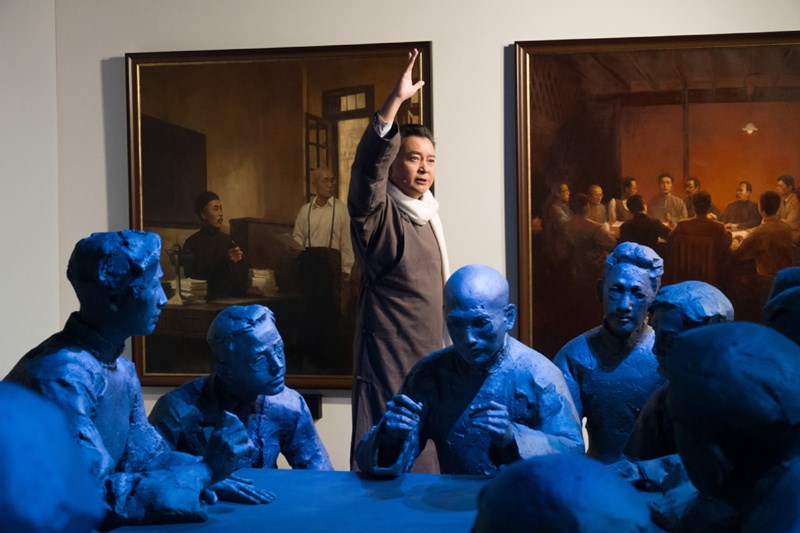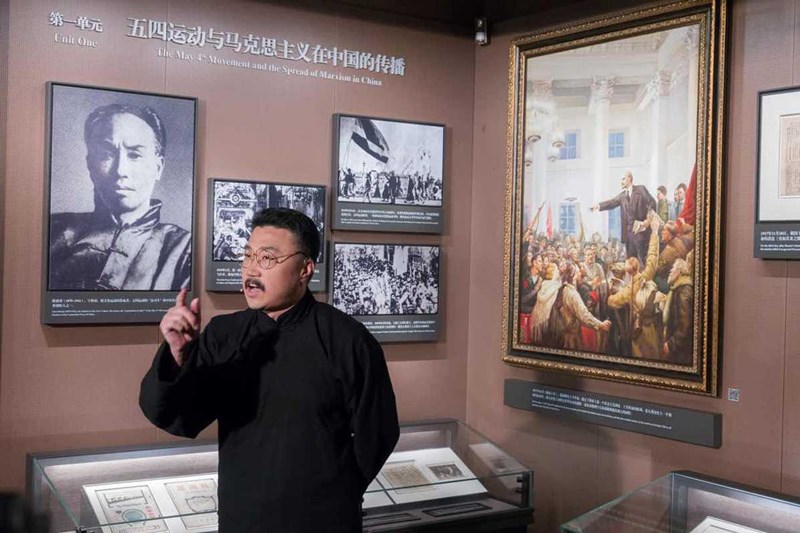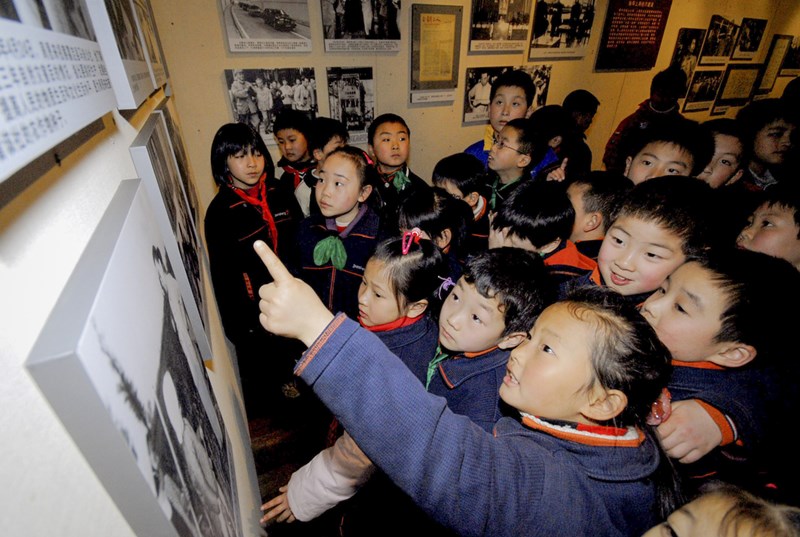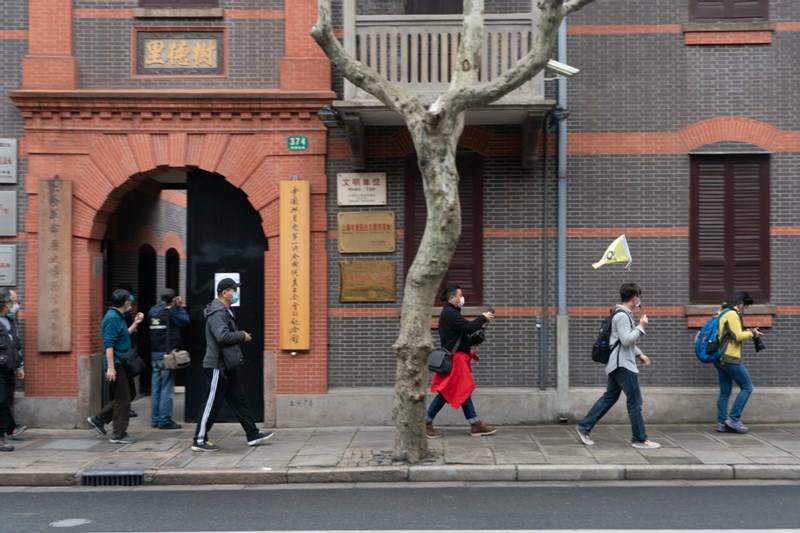Meeting history

The Site of the First National Congress of the Communist Party of China in Shanghai hosts a wide range of activities to help visitors learn about the history of the CPC. (Photo by Gao Erqiang/China Daily)
In light of this year's 100th anniversary of the founding of the Communist Party of China, the Site of the First National Congress of the Communist Party of China in Shanghai is currently undergoing renovation and is expected to reopen on July 1 to mark the occasion.
Despite the venue's temporary closure since November, a team of 10 people from the site's communications and education department has been working to design tours of the venue, organize educational activities and draft speeches.
"Renovation details are confidential at present. But, generally, the place will be more spacious, with diverse exhibits and interactive multimedia," says team member Li Xintong.
Housed in a restored shikumen building-a Shanghai architectural style featuring Western and Chinese elements-in downtown Huangpu district, the historic place is situated on the site where 13 Chinese delegates and two foreign delegates from the Communist International convened the first National Congress in July 1921. The venue has been open to the public since 1952.
For decades, the team has been interpreting the exhibits, maintaining orderliness and devising plans to bring this part of Chinese history to a broader audience in an engaging manner.
[page]

Yuan Linhui, a local radio broadcaster, role-plays as one of the Party's founding members Li Dazhao at the site in this file photo from 2017. (Photo by Xiao Yang/China Daily)
In 2017, President Xi Jinping, also general secretary of the Communist Party Of China Central Committee, and the other six members of the Standing Committee of the Political Bureau of the CPC Central Committee visited the memorial, demonstrating the leadership's belief in staying true to the Party's original aspirations and serving the people.
The annual visitor numbers have almost doubled since that visit, from 832,675 in 2017, 1 percent of whom were foreigners, to 1.4 million in 2019, including over 22,000 foreigners, or 1.57 percent of total visitors.
"The site does not just showcase cultural relics or tells stories," Li says.
"What lies at the core of its function is showcasing the spirit of how the Party has grown from some 50 members a century ago to the world's largest political party with over 91 million members. It also provides a broader understanding of the Party's faith and missions during its founding period through our demonstrations and educational activities."
The team customizes how they engage different demographics.
"For foreign audiences, for example, we should know their nationalities and professional backgrounds so that we can highlight the key points that they may be familiar with," she says.
"The history and culture of the countries they're from are also vital for us to strive for objective interpretations."
In addition to audio guides, which have been available since 2019, volunteers who are well versed in multiple languages have been recruited to assist as well.
[page]

Local students take a close look at the exhibits at the site. (Photo by Xiao Yang/China Daily)
According to team member Tang Wenqiong, 25 volunteers have joined to help with the tours.
"Our efforts have paid off," Li says.
"Many foreigners have told us that they are curious about China's history after witnessing its rapid development in the modern era. Most were surprised after the visit, especially when watching a short video reviewing the milestones of the Party's history."
The team uses simple words and games to pique the interest of children. Li says they once asked children to draw the place where they think the Party was founded in Shanghai, and many sketched a shikumen building.
"We offer them a platform to showcase their imaginations and hope that the kids will love their hometown more after the visit," Li explains.
Educational activities are also critical to sharing the Party's history with more people, such as encouraging members to take the Party-member admission oath in the memorial hall and cooperating with cinemas to show the Party's development through historical movies, she says.
Because of COVID-19, the team has also needed to find ways to engage people who can't visit the physical site. One is an online map on WeChat that the team created to enable people to explore buildings related to the Party near their homes.
[page]

The Site of the First National Congress of the Communist Party of China is a big draw for tourists in Shanghai. (Photo by Gao Erqiang/China Daily)
The site was one of the first public places that reopened following a temporary closure because of the pandemic. It hosted a livestream in March to remotely engage audiences while it was shuttered.
"It was my first time hosting a livestream," Li says.
"I was nervous, because there's no direct audience interaction and it lasted for an hour, almost double the normal tour time. It took a lot of preparation to make sure it was interesting.
"It's a great start, though. Livestreaming has become a practical way to promote the site. I've also gained a deeper understanding of the history through this unique experience."
Team member Li Boning echoed this sentiment.
"When I learn more about the Party's history at work, I know the country went through twists and turns during the initial stages and has advanced steadily through the decades," Li Boning says.
"Persistence and endeavor-these are qualities I've learned that are sure to influence my life."
Writing by Cao Chen (China Daily); editing by Wang Jingzhong